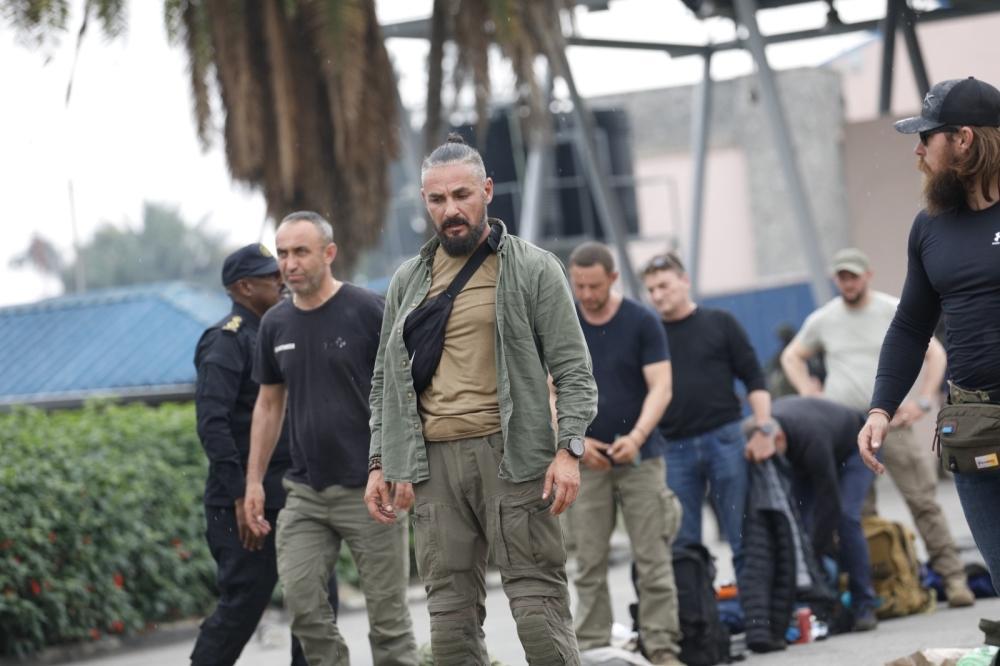Dr. Charles Kiiza
Africa-Press – Rwanda. As the United States assumes a more visible role in mediating peace between Rwanda and the Democratic Republic of Congo (DRC), it enters a crowded and fragile diplomatic landscape.
While high-level engagement is welcome, any strategy that excludes Eastern Congo’s most influential non-state actors—including key armed groups and civil society organizations—risks repeating the cycle of temporary ceasefires and renewed violence that has plagued the region for decades.
The U.S.-led initiative is timely, given the escalating tensions along the Rwanda-DRC border and the increasing humanitarian toll. However, sustainable peace in Eastern DRC cannot be achieved through bilateral accords alone. The conflict is far more decentralized than conventional diplomacy often accounts for.
According to several sources such as the UN Official Document System, the Institute for the Study of War, Wikipedia, and MONUSCO, over a dozen armed groups operate in the region, five of which—M23, CODECO, Mai-Mai, FRPI, and the Nyatura factions—hold significant territorial control and influence.
These actors are not peripheral spoilers; they are central to any realistic peace architecture.
Any meaningful resolution must be structured around the principle of inclusivity.
Peace efforts that fail to engage these armed factions, along with local civil society and religious institutions, are likely to fall short. These groups possess not only military leverage but also political capital and legitimacy among local populations. Ignoring them sidelines the very constituencies that must be invested in peace for it to hold.
Furthermore, the current landscape of peacebuilding in Eastern DRC is marked by diplomatic incoherence. More than eight parallel initiatives—driven by actors such as the East African Community, SADC, AU, and now the U.S.—often lack coordination and unified strategic direction.
This fragmentation weakens leverage, confuses stakeholders on the ground, and reduces the overall effectiveness of mediation efforts. For the U.S. to lead credibly, it must act not as a parallel track, but as a unifying force that strengthens regional diplomacy and brings clarity to a fractured process.
The stakes are high. Eastern DRC has become a crucible of humanitarian crises, with millions displaced, cross-border instability rising, and mineral-rich territories fueling both local and regional rivalries.
The absence of inclusive dialogue only reinforces grievances, sustains armed resistance, and perpetuates mistrust of state institutions and international mediators alike.
This is a pivotal moment for U.S. diplomacy in Central Africa. A principled, inclusive approach—one that foregrounds local actors and coordinates with regional frameworks—is not just morally sound, it is strategically necessary.
The path forward must go beyond state-centric negotiations and embrace a bottom-up strategy that addresses the root drivers of conflict: local governance deficits, historical marginalization, and the competition for resources and power.
Diplomatic capital is most effective when it is used to amplify local solutions. If the goal is to achieve not just a cessation of hostilities but a transformation of the conflict landscape, then the U.S. and its partners must recalibrate their approach.
Only by empowering local actors can the region move from cycles of violence to a sustainable peace.
The author is a University Don teaching Diplomacy and International Relations at the University of Rwanda.
Source: The New Times
For More News And Analysis About Rwanda Follow Africa-Press






